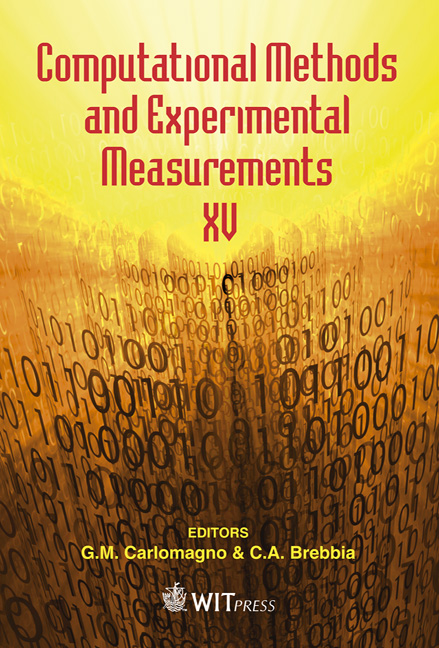Analytical Model Of A SAW Gas Sensor
Price
Free (open access)
Transaction
Volume
51
Pages
12
Page Range
483 - 494
Published
2011
Size
527 kb
Paper DOI
10.2495/CMEM110431
Copyright
WIT Press
Author(s)
M. Urbańczyk
Abstract
SAW gas sensors are attractive because of their remarkable sensitivity due to changes of the boundary conditions (mechanical and electrical in the acoustoelectric effect) propagating of the Rayleigh wave, introduced by the interaction of a thin chemically active sensor film with gas molecules. This unusual sensitivity results from the fact that most of the acoustic wave energy is concentrated near the waveguide surface within approximately one or two wavelengths. In the paper a new theoretical model of analysing a SAW gas sensor is presented. The effect of SAW velocity changes depends on the profile concentration of diffused gas molecules in the porous sensor film. Basing on these analytical results, the sensor structure can be optimized. Some numerical results are shown. Keywords: gas sensor, SAW, acoustoelectric effect, Knudsen’s diffusion in porous film, numerical modelling. 1 Introduction A very interesting feature of SAW sensors is the fact that a layered sensor structure on a piezoelectric substrate provides new possibilities of detecting gas making use of the acoustoelectric coupling between the Rayleigh waves and the free charge carriers in the semiconductor sensor layer. Using a configuration with a dual delay line and an adequately chosen active layer, a sensor with a high sensitivity and good temperature stability can be designed [1, 2]. SAW gas sensors are attractive because of their remarkable sensitivity due to changes of the boundary conditions of propagating the surface wave. This unusual sensitivity results from the simple fact that most of the acoustic wave energy is concentrated near the crystal surface within approximately one or two wavelengths.
Keywords
gas sensor, SAW, acoustoelectric effect, Knudsen’s diffusion in porous film, numerical modelling





